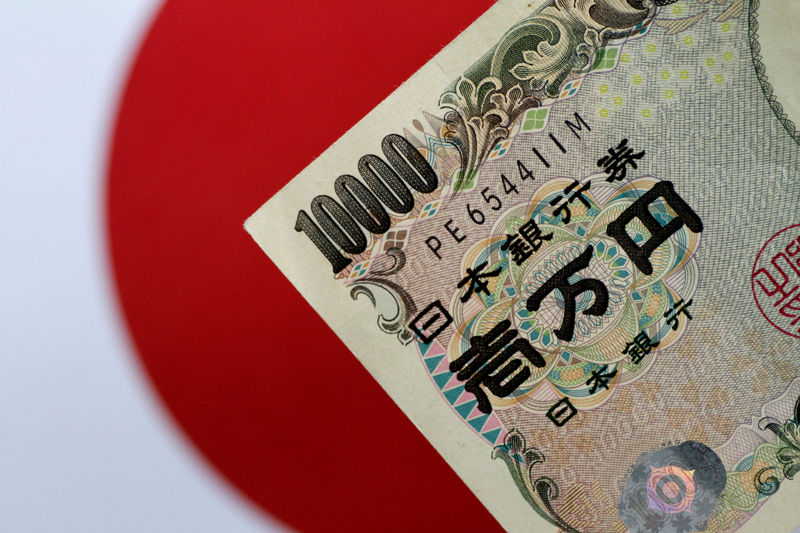
The Australian dollar was an exception among its regional peers, with the currency sliding to a three-month low after data showed mild easing in core consumer price index inflation- which diminished the prospect of interest rate hikes by the Reserve Bank of Australia.
The Japanese yen was volatile, with the USDJPY pair swinging in a range of 0.3% around 0% after the BOJ struck a mixed chord during its meeting.
The central bank hiked its benchmark short-term rate by 15 basis points to around 0.25%- the top end of market expectations.
But it also said that it will only halve its pace of Japanese Government Bond purchases- to 3 trillion yen ($19.5 billion) from 6 trillion yen by the first quarter of 2026. The BOJ will reduce its JGB purchases by 400 billion yen each quarter.
BOJ members also lowered their growth and inflation forecasts for fiscal 2024, which sparked uncertainty over just how much headroom the central bank had to tighten policy.
Still, the yen was sitting on strong gains through July as a mix of unwinding carry trade and suspected government intervention sparked buying in the currency.
The dollar index and dollar index futures fell 0.2% each in Asian trade, seeing some volatility this week as traders positioned for a Fed interest rate decision later on Wednesday.
The central bank is widely expected to keep rates unchanged. But any signals on plans to cut rates will be closely watched, especially in the wake of some soft inflation readings and dovish comments from Fed officials.
General consensus is for a 25 basis point cut in September, according to CME Fedwatch.
Focus this week is also on key nonfarm payrolls data, due on Friday.
The Australian dollar was the worst performer in Asia, with the AUDUSD pair sinking 0.5% to its weakest level in three months.
The Aussie’s decline was driven chiefly by some soft CPI data for the June quarter. While overall CPI grew as expected in the quarter, lower core inflation drove up hopes that inflation will ease in the coming months, reducing the need for a rate hike by the RBA.
Broader Asian currencies firmed, tracking weakness in the dollar. The Chinese yuan’s USDCNY pair fell 0.2% as soft purchasing managers index data and positive government comments ramped up expectations for more stimulus measures in the country.
The South Korean won’s USDKRW pair fell 0.3%, while the Singapore dollar’s USDSGD pair moved sideways.
The Indian rupee’s USDINR pair hovered near record highs of 83.8, seeing little relief from a softer dollar.
To read the full article, Click Here

